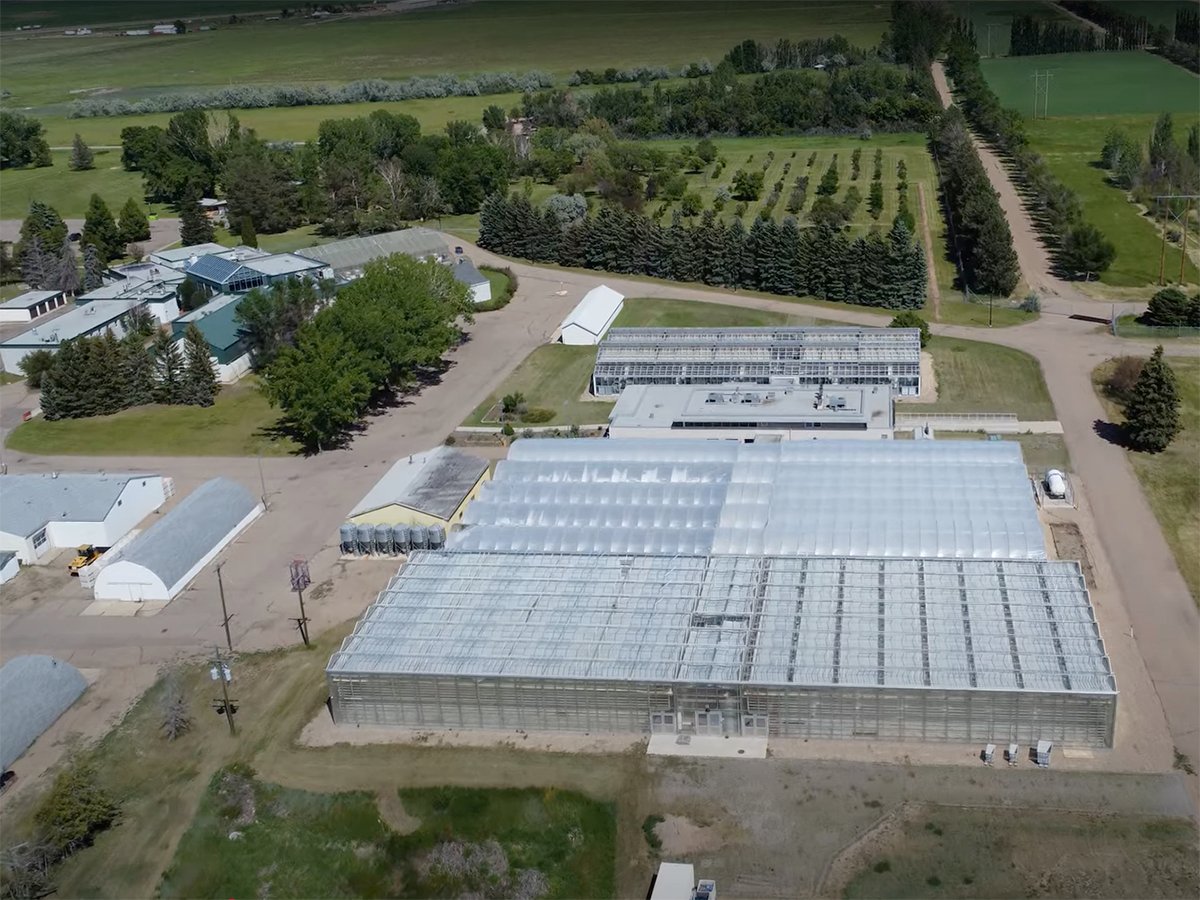A U.S. Department of Agriculture crop analyst is skeptical of a report that Chinese rapeseed planting is dramatically down.
Reuters News Service reported that acreage has dropped by 20 percent in four provinces that typically produce 40 percent of the country’s rapeseed crop.
The estimate comes from a survey prepared by several Chinese futures companies.
“The team found an obvious decline in rapeseed acreage this year compared with previous years. Many fields were idle for growing rice and cotton next year, while some had been used for wheat,” according to the report.
Read Also

Alberta crop diversification centres receive funding
$5.2 million of provincial funding pumped into crop diversity research centres
China is the world’s second largest rapeseed producer behind the European Union.
In 2010-11, the country’s farmers produced an estimated 12.8 million tonnes of the crop. To put that in perspective, Canadian farmers harvested an estimated 11.9 million tonnes of canola in 2010.
A big shortfall in Chinese rapeseed production could be good news for Canadian producers who have been restricted from selling canola to China because of concerns about blackleg contamination.
But Paulette Sandene, a crop analyst with the USDA’s Foreign Agricultural Service, isn’t buying the report of a pending rapeseed shortfall.
She noted that China’s ministry of agriculture reported Dec. 17 that the area under rapeseed increased by one percent to 17 million acres nationwide.
Sandene said planting conditions were ideal in the main growing areas along the Yangtze River in central and eastern China.
Soaking rain in August and September was followed by dry conditions during planting in late October and November.
“If (growers) wanted to plant rapeseed, I think they were able to get it into the ground.”
Some rapeseed area might have been switched to cotton in the province of Hubei, which is a big producer of both crops. Cotton prices are double what they were last year.
But on a national level, Sandene doubts there was a substantial drop in rapeseed acres. She also down-played reports of freezing conditions in the main growing regions in December.
Sandene said temperatures may have dipped below freezing, but that is not uncommon for this time of year. The critical time for the rapeseed crop is when it enters the flowering stage in March. Harvest usually occurs in May.
While Sandene was skeptical about reports of big acreage declines this year, she does think the future is grim for Chinese rapeseed production because of the overwhelming popularity of soybean oil.
“The proportion of oil that is rapeseed oil is going to shrink and more and more of the oil that they use is going to be soybean oil,” she said.
Winter rapeseed also faces stiff competition from winter wheat, which is heavily supported by the Chinese government.
“Most of the focus has been towards improving grain and cotton and the oilseeds have just been kind of neglected from a policy standpoint,” said Sandene.
She believes that will eventually lead to a contraction of rapeseed acres and the closure of processing plants, limiting the opportunities for imported Canadian canola.
But at least one grain company doesn’t share that vision.
Viterra announced last year it was building a $20 million canola crushing facility in China capable of crushing 680,000 tonnes of seed annually.















